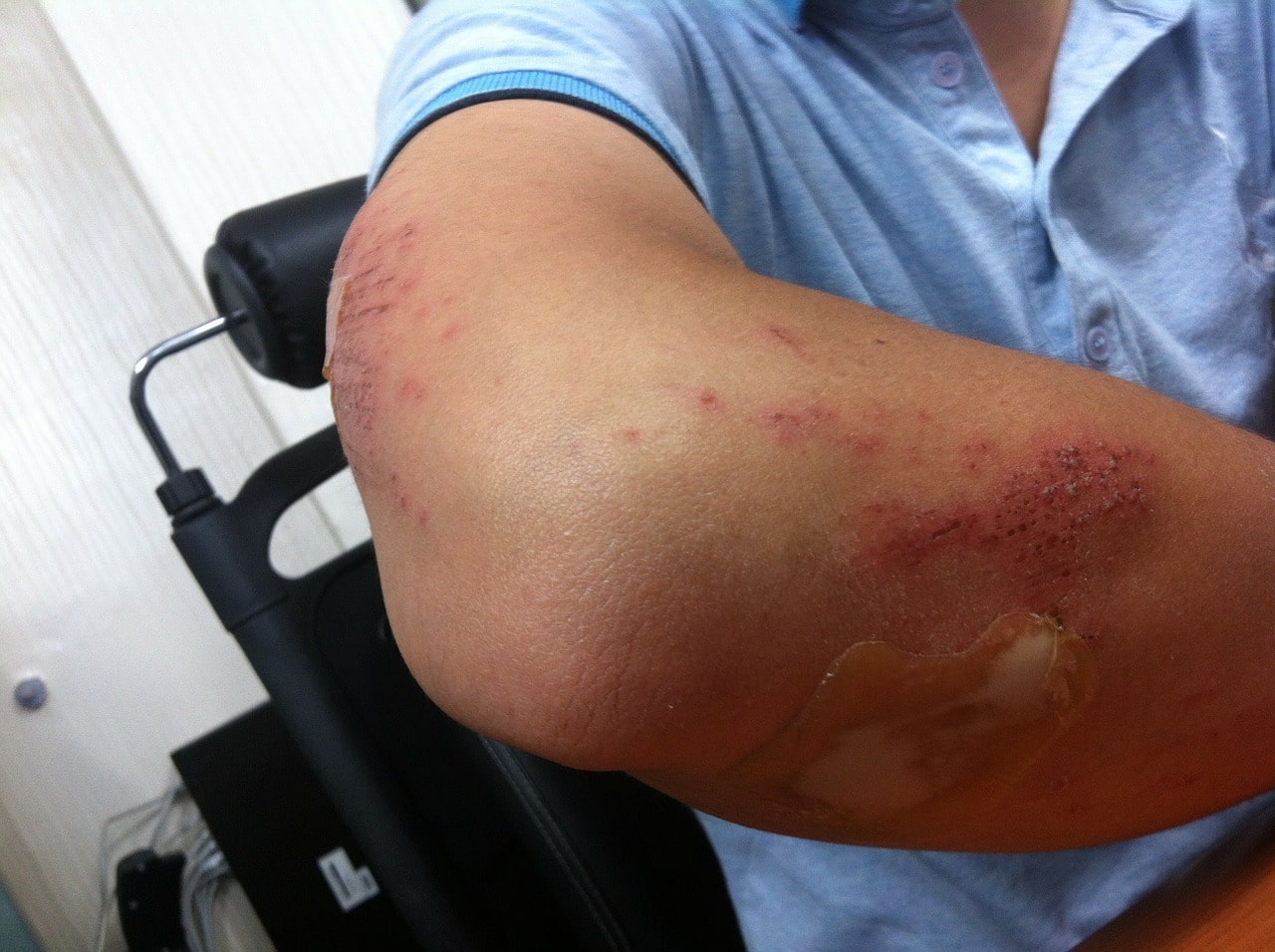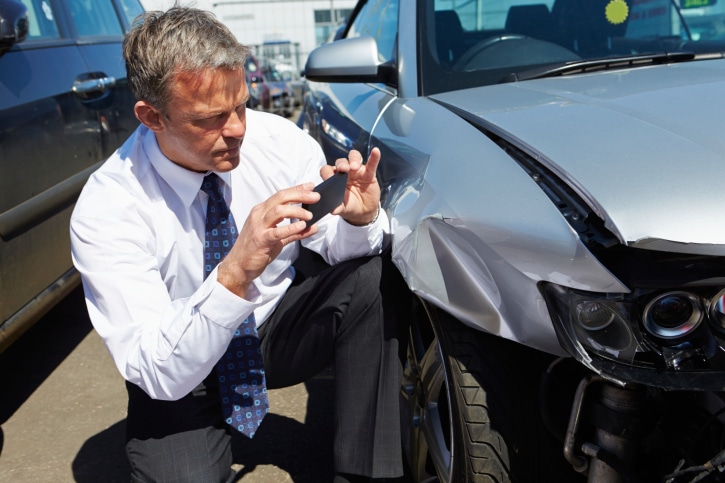Each year, more than 700,000 personal injury suits are filed in the U.S. This amounts to large sums of financial rewards for claimants and many headaches for the accused. Though car accidents are by far the largest cohort, there are a plethora of other types of personal injury cases such as medical malpractice, slip, and fall cases, Assault/battery, workplace accidents, etc. In each instance, it is suggested that you collect important evidence in order to substantiate your case.
The most important types of evidence can include physical evidence, police reports (if applicable), evidence from the scene, as well as evidence of the injuries that you have sustained. It is recommended that you connect with an attorney like the professionals at www.rmfwlaw.com to help you to determine which type of evidence is needed in your specific case.
IMAGE: PIXABAY
Important Physical Evidence
One of the most important pieces of information you should have is physical evidence related to the injuries sustained. This can represent a wide swath of things such as defective equipment, articles of clothing, vehicles, evidence of inclement weather and/or conditions, etc.
These pieces of evidence can be used to help the courts gain more information about the accident and who may be at fault. Additionally, they will help to prove the credibility of the injured person. The more physical evidence related to the accident that you can collect, the better.
Police Reports
Police reports are typically most pertinent in the event of a vehicle accident or an assault case. In many cases, this report will be inadmissible in courts. However, it is a starting point that can help in settlement negotiations.
Though most of what is in the report will be considered “hearsay” there are some important concrete facts such as the name of persons involved, date, time, conditions, etc. that can help to determine fault.
Evidence From The Scene
Evidence from the scene can be presented via photo, video, or physical evidence. Examples of this type of evidence can include debris, skid marks from braking, unmarked roads, defective equipment, outdated directions/instructions, etc. When in doubt, take pictures as well as videos of everything that you can.
Additional evidence from the scene can also include eyewitness testimony. While this will typically not be enough on its own, eye witness testimony can be great to help corroborate your story and give credibility to the injured persons.
Remember, preserved evidence from the scene can make or break your case. It will be integral to giving the judge and/or jury the proof of what has occurred. Without evidence from the scene, your case may not be strong enough to garner a victory.
Evidence Of Injuries Sustained
This may be the most important type of evidence needed. Evidence can include pictures, medical bills caused by the injuries sustained, etc. PIctures taken should be clear, in good lighting and detailed. Take pictures as soon as the injury occurs as well as after the injury occurs.
For instance, a bruise or laceration might not look that significant initially, but the next day it may swell, become infected, etc. In addition, it is important to receive medical attention as soon as possible and collect all medical records associated with the injury.
In addition to the initial doctors visit, it is recommended that you keep up with all appointments and treatments prescribed. This will help to determine the extent of your injuries and the amount of compensation that you are entitled to.
If you are interested in even more lifestyle-related articles and information from us here at Bit Rebels, then we have a lot to choose from.


COMMENTS